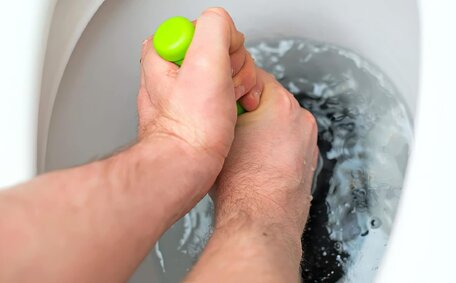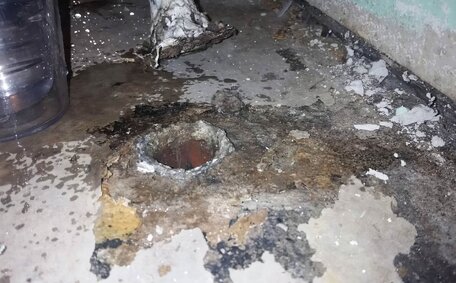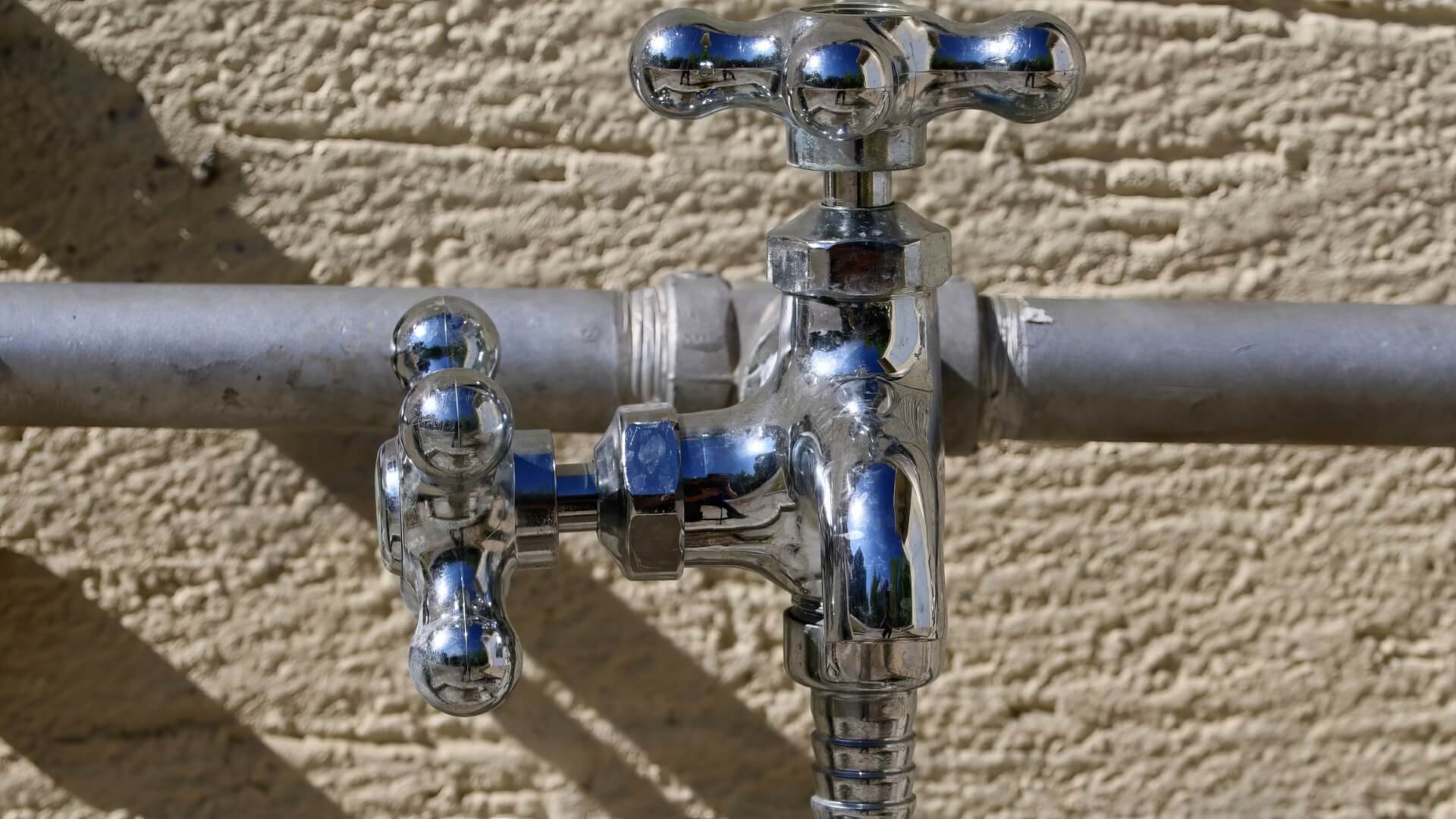How Soil and Sediment Contribute to Blocked Drains
Wind and rain often lead to soil erosion, carrying sediment into drains and contributing to blockages. This sediment then builds up and contributes to blockages.
Certain types of erosion sediment like silt and clay are more problematic as they are easily transported by water flows. Sediment from construction sites is also a major contributor if proper erosion control barriers are not in place.
Intensified rainfall accelerates water flow into drains, sweeping along more sediment that eventually settles in the slower-moving pipes. Over months and years, a serious blockage can accumulate.
Blocked drains lead to inadequate water drainage, resulting in flooding, property damage, and overflow into our waterways. Sediment pollution also negatively impacts water quality and wildlife habitats.
Common Causes of Soil and Sediment Buildup
Several factors lead to soil and sediment buildup in drainage systems:
- Runoff from construction sites is a major source of sediment pollution. Disturbed soil at construction sites lacking proper erosion controls can be washed away into nearby storm drains during rain events.
- Urban stormwater runoff, accumulating sediment, litter, and pollutants from roads and other surfaces, eventually infiltrates the drainage infrastructure.
- Soil erosion from land clearing, agriculture, bushfires or other landscape disturbances allows sediment to flow into waterways and consequently into the drain pipe system. This can then settle inside downstream drainage pipes.
- Deteriorating drainage systems with cracks or faulty connections also allow soil and erosion sediment to seep in from the surrounding environment.
Regular maintenance and cleaning of drainage systems are crucial to preventing severe blockages by removing sediment build-up. Additionally, controlling sediment discharges from construction sites, urban runoff and erosion events is key to preventing excess buildup.
Consequences of Sediment in Drainage Systems
Sediment buildup in drainage systems can have major consequences for environmental and infrastructure health. Research indicates that a 10% rise in sedimentation can disturb aquatic food webs, reducing oxygen levels and leading to algal blooms.
Accumulated sediment can eventually clog waterways, impacting fish spawning grounds and delicate plant life. Turbid water can also prevent sunlight penetration, hindering photosynthesis. Aquatic biodiversity suffers, with sediment pollution one of the greatest threats to species survival.
Blocked drainage pipes and drains can overwhelm stormwater infrastructure, leading to urban flooding, sewer overflows and property damage. There are also substantial economic impacts from clean-up, ecosystem restoration and upgrading ageing drainage systems.
Prompt maintenance helps avoid catastrophic failures but preventing sediment pollution at the source is crucial. Key measures involve erosion control at construction sites, stabilising stream banks and filtering polluted stormwater runoff. Protecting habitats now saves considerable trouble and expense over the long term.
Preventing Soil Erosion to Reduce Drain Blockages
There are various effective tactics to prevent soil erosion, which in turn reduce sediment buildup and drain blockages:
Sediment Control Barriers
Installing sediment fences, barriers, or filtration systems around disturbed areas helps capture sediment before it reaches stormwater drains. This also applies to agricultural areas. Regular maintenance is important to ensure proper functioning.
Stormwater Treatment
Employing vegetation filters, sediment ponds, and similar techniques to treat runoff containing erosion sediment precludes drainage infrastructure entry. Rain gardens, bioswales and constructed wetlands allow sediment to settle naturally.
Revegetation
Planting native trees, shrubs, and groundcover strengthens exposed soil, absorbs rain, and filters sediment. Vegetation corridors along waterways are especially beneficial to stabilise stream banks and capture runoff.
Erosion Control Blankets & Mats
Installing erosion control mats, geotextiles and straw blankets over freshly exposed ground secures topsoil until vegetation establishes. They are effective in securing newly sown seeds and topsoil.
Innovative Drain Protection Solutions
Advances in drainage technology offer innovative methods to reduce sediment pollution and enhance infrastructure strength. High-performance drainage filtration systems can now capture and retain sediment, litter and debris before entry into pipe networks.
StormFilter Catch Basins
StormFilter catch basins use vortex systems to separate and capture sediment more effectively while purifying stormwater. Regular maintenance to remove accumulated sediment extends their functional lifespan.
Drain Sock Pipe Filters
Drain Sock Pipe Filters are tubular filters made from robust geotextile fabrics that enclose subsurface drainage pipes. These filters permit water to infiltrate but block sediment particles as small as 75 microns from entering the pipe system.
The outer sock filter gradually intercepts sediment, ensuring the pipes remain clear and effectively maintain their drainage function. Modular drain socks are accessible for inspection and can be replaced at regular intervals.
Modular Drainage Cells
Modular Drainage Cells consist of high-capacity, interlocking plastic cells with a geotextile fabric lining, forming an underground stormwater network. These cells not only store and convey filtered water, but also hold onto sediment and contaminants for subsequent extraction.
Such innovative methods avert sediment and debris from accumulating within drainage systems. In addition to preserving essential drainage capacity, these measures also protect environmental health by addressing pollution at the origin. The sophisticated filtration methods embodied in these systems are indicative of the next wave in urban stormwater management.






